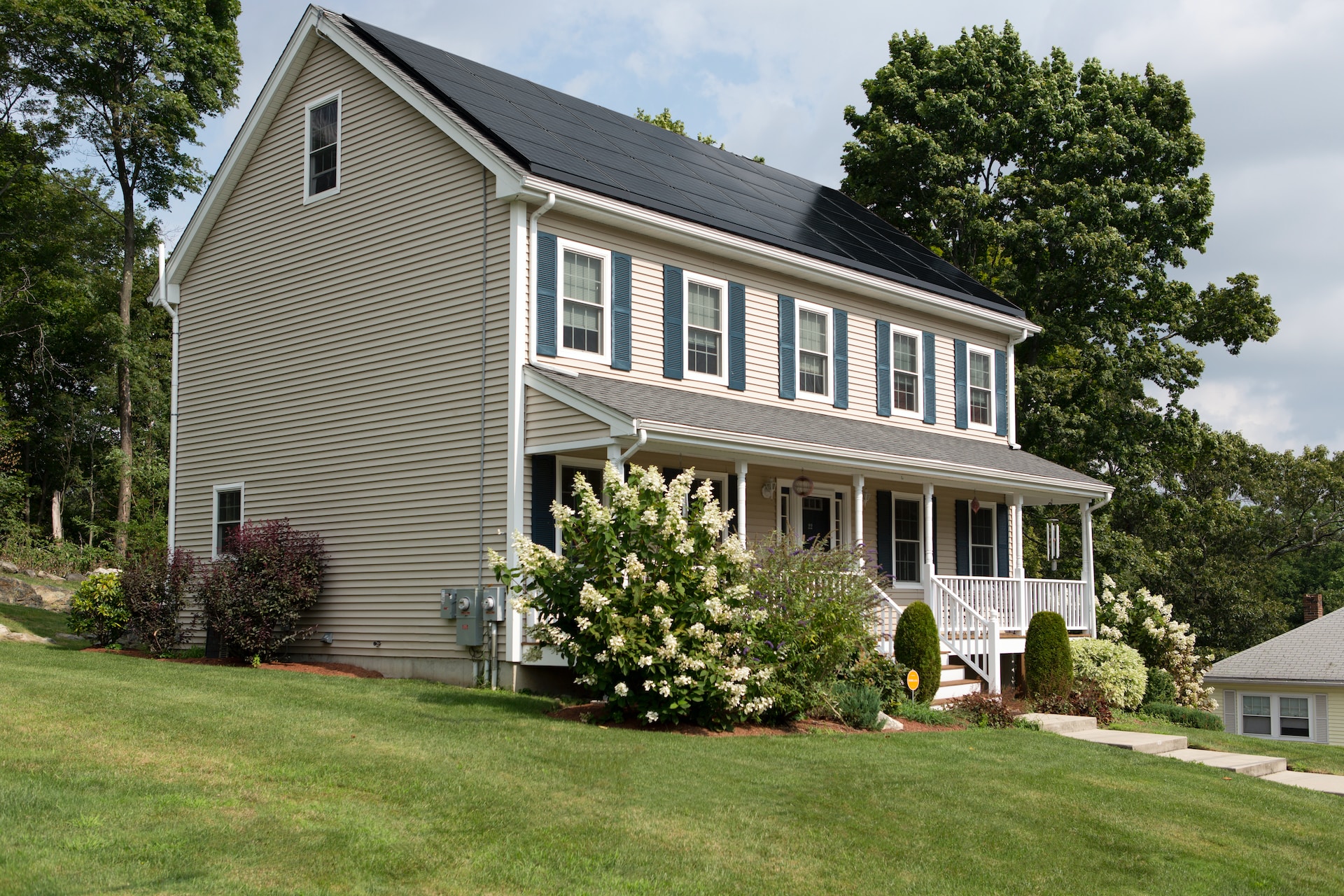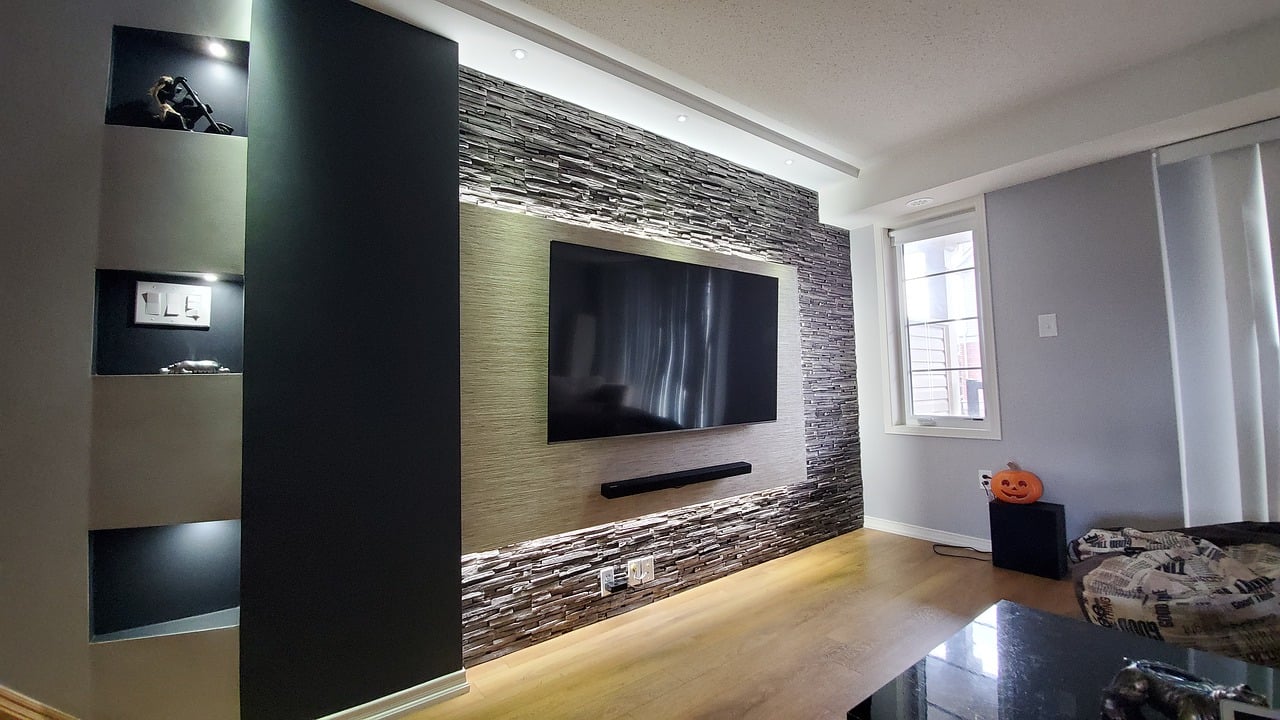You may have come across the terms actual cash value (ACV) and replacement cost when reviewing your home insurance policy. So, you may ask yourself, what’s the difference between actual cash value and replacement cost? ACV coverage reimburses losses based on an item’s original cost, adjusted for depreciation. On the other hand, replacement cost coverage allows you to replace damaged or lost property with brand-new items, irrespective of depreciation considerations. In the following, we explain the fundamental differences between actual cash value and replacement cost to help you decide on your home insurance coverage.
What is Actual Cash Value Coverage in Home Insurance?
For home insurance, actual cash value coverage refers to the method of calculating claim payouts based on depreciation. ACV coverage means the insurance company will assess the item’s original cost and subtract the depreciation value to determine the reimbursement amount. The amount you receive may be less than what it would cost to replace the item with a new one.
ACV coverage is commonly used for personal property like electronics, furniture, and appliances. Over time, these items may lose value due to wear and tear, age, or obsolescence. With ACV coverage, the insurance company considers these factors when determining the payout for a claim.
You may need to come up with additional funds out of pocket to fully replace your lost or damaged items. If you prefer coverage that allows you to replace your belongings without considering depreciation, consider replacement cost coverage instead.
What is Replacement Cost Coverage in Home Insurance?
Replacement cost coverage in homeowners insurance provides comprehensive protection for your valuable investments. Unlike actual cash value (ACV) coverage, replacement cost coverage allows you to replace damaged or lost property with new items without considering depreciation. This means you receive the full cost to replace the item minus your deductible.
Replacement cost coverage is typically used for personal property such as electronics, furniture, and other belongings. It ensures you can replace your items without paying for the difference between the actual cash value and the cost of a new item.
Here are some key points to understand about replacement cost coverage:
- It reimburses you for replacing your property with similar kind and quality items.
- Depreciation is not factored into the reimbursement amount.
- It provides more comprehensive protection compared to actual cash value coverage.
- Your deductible still applies to the replacement cost coverage.
Types of Replacement Cost Coverage
There are different types of replacement cost coverage options that you can consider for your home insurance. These options provide additional coverage beyond the standard replacement cost coverage:
- Extended replacement cost coverage: This add-on increases your coverage limit to help cover the cost of rebuilding your home if it exceeds your policy limit. It provides extra financial protection in case of significant damage or loss.
- Guaranteed replacement cost coverage: With this option, your insurance company guarantees to cover the full cost of rebuilding your home, regardless of the policy limit. It ensures you won’t be left with out-of-pocket expenses if your home needs to be fully rebuilt.
These additional types of replacement cost coverage can be valuable in situations where the cost of rebuilding your home exceeds the coverage limits of your standard policy.
Actual Cash Value vs. Replacement Cost: How to Decide
There are pros and cons when deciding between actual cash value (ACV) and replacement cost coverage for your home insurance. It’s important to assess your budget and risk tolerance to determine which option is best for you.
Budget
If you’re working within a tight budget, ACV coverage may be more appealing since it typically comes with lower premiums. However, keep in mind that ACV coverage may result in lower payout amounts due to depreciation adjustments.
Risk Tolerance
If you prefer more comprehensive protection and want to guarantee full reimbursement for replacement items, RCV coverage is the way to go. While it may come with higher premiums, it ensures that you won’t have to pay out of pocket to replace your belongings.
Value of Belongings
If you own high-value items or valuable collections that would be costly to replace, RCV coverage is recommended. This provides you with the necessary funds to replace your belongings with new ones of similar kind and quality.
Understanding the difference between replacement cost and actual cash value in home insurance is crucial for protecting your valuable investments. Whether you choose actual cash value (ACV) or replacement cost coverage depends on your coverage needs, budget, and risk tolerance.
To summarize, ACV coverage calculates reimbursements based on the original cost of an item minus depreciation. While this coverage is cheaper, it may not provide sufficient funds to replace lost belongings. On the other hand, replacement cost coverage allows you to replace damaged or lost property with new items without considering depreciation. Although this coverage is more expensive, it offers more comprehensive protection. When deciding between ACV and replacement cost coverage, carefully consider your financial flexibility and potential out-of-pocket expenses. Assess the value of your belongings and the level of reimbursement that meets your needs. Review your policy declarations page or consult with your insurance agent to determine the coverage type you have in place.




